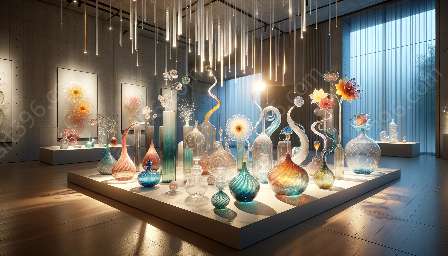Stained glass painting holds a unique place in the history of art, deeply intertwined with cultural and historical contexts that have shaped its evolution and enduring appeal. From its origins in ancient civilizations to its modern-day significance, the art of glass painting has been a medium of artistic expression, storytelling, and spiritual reflection.
The Origins of Stained Glass Painting
The roots of stained glass painting can be traced back to the ancient civilizations of Egypt, Rome, and Mesopotamia. These early cultures were known for their pioneering work in glassmaking and began using colored glass to adorn temples, palaces, and other significant structures.
During the medieval period, the art of stained glass painting experienced a golden age in Europe, particularly in the construction of grand cathedrals and churches. Stained glass windows, often depicting religious narratives and scenes, became a powerful visual medium used to convey stories and teachings to the masses.
The Evolution of Stained Glass Painting
As the Renaissance unfolded, stained glass painting underwent a period of transformation, with artists incorporating more intricate and detailed designs. The works of renowned artists such as Albrecht Dürer and Hans Holbein the Younger contributed to the advancement of glass painting techniques, elevating the art form to new heights.
The 19th and 20th centuries saw a revival of interest in stained glass painting, with artists experimenting with innovative approaches and styles. The Art Nouveau and Art Deco movements left a lasting imprint on the art of glass painting, introducing new themes and motifs that reflected the changing times.
The Cultural Significance of Stained Glass Painting
Stained glass painting has played a pivotal role in various cultural contexts, serving as a visual representation of collective beliefs, traditions, and societal values. The vibrant colors and intricate designs found in stained glass artworks often reflect the aesthetic sensibilities and spiritual symbolism of different cultures.
Throughout history, stained glass painting has been used to convey narratives from religious scriptures, mythology, and folklore, contributing to the preservation of cultural heritage and storytelling traditions. The luminous beauty of stained glass windows continues to captivate spectators and evoke a sense of wonder and contemplation.
The Contemporary Relevance of Stained Glass Painting
In the modern age, stained glass painting continues to thrive as a dynamic form of artistic expression. Contemporary artists draw inspiration from diverse cultural influences, blending traditional techniques with innovative approaches to create stunning works of glass art that resonate with audiences around the world.
From decorative glass panels to avant-garde installations, stained glass painting has expanded its artistic vocabulary, embracing themes that address contemporary issues, social commentary, and personal narratives. The enduring legacy of stained glass painting endures as a testament to its ability to adapt and evolve in response to changing cultural landscapes.

